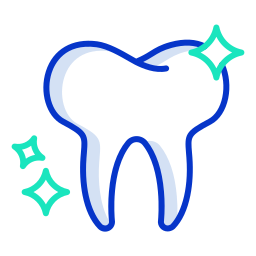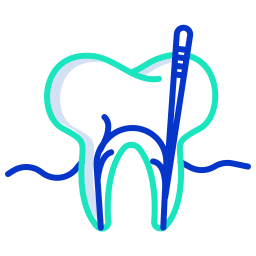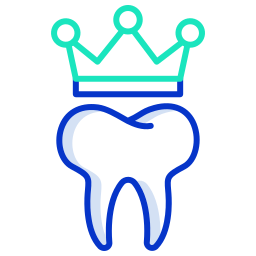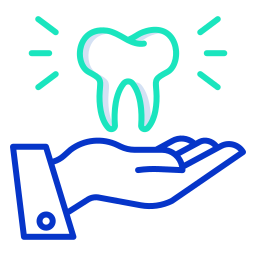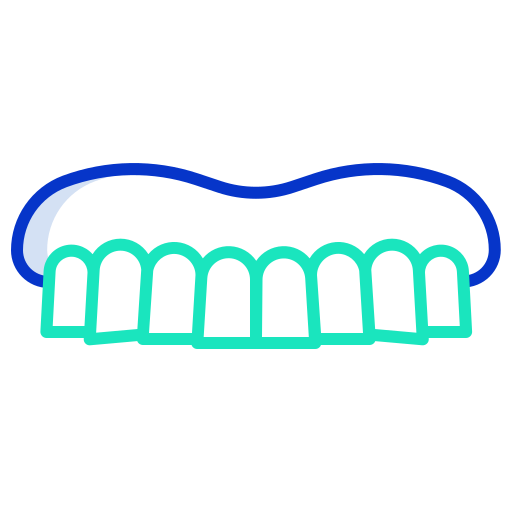Invisalign® Service - Boynton Beach, FL
Invisalign® is a custom-made aligner that is interchanged roughly every two weeks for a period of six to eighteen months, or longer depending on the severity of misalignment. Similar to a mouth or dental retainer (which is designed to keep teeth from shifting out of place), an Invisalign® aligner is used for orthodontic treatment as a technique to move and properly align teeth for a beautiful smile. This clear aligner is usually computer generated from a mold (or impression) of the patient’s teeth—taken by either a dentist or an orthodontist—and the fitting is unique to each patient only.
How Are They Different From Traditional Braces?
Unlike conventional braces, Invisalign® is one of the most convenient methods to straighten teeth, requiring patients to make minor life changes to accommodate the orthodontic treatment.
For instance, patients can take out the aligners when brushing, flossing, eating, or drinking—a significant advantage over cumbersome braces that not only complicate oral care, but also are especially prone to damage when eating hard or chewy foods (i.e. corn on the cob, crunchy taco shells, beef jerky, etc.). Because the mouth trays are transparent (nearly invisible), patients using Invisalign® aligners can straighten their teeth without embarrassing metal brackets and wires taking away from the natural look of their smile. The plastic aligners are also gentle on cheeks and gums—unlike braces, which contain sharp edges that can scrape or cut the inside of the mouth.
What Are The Limitations of Invisalign?
While clear aligners can correct a large majority of dental problems, not all patients are suitable candidates for Invisalign®. One serious drawback of Invisalign® technology is that it currently cannot fix severe malocclusion, or a badly aligned bite.
According to the Dental Tribune, aligners are not always effective in moving and aligning tooth roots in the back of the mouth (molars), especially when gaps are present. Although Invisalign® aligners are suitable in cases where teeth need to be “tilted” into place, traditional braces are still considered ideal for moving molars with deep tooth roots. Another shortcoming of Invisalign® is also a benefit: removability. Unlike fixed braces, many patients take out their aligners frequently, increasing the risk of misplacing the plastic tray and delaying orthodontic progress.
Am I A Good Candidate For Invisalign?
Due to the unique circumstances behind each orthodontic patient, it may be best to consult with a Dr. Eriks or his staff to determine if Invisalign® treatment is right for you. In general, Invisalign® aligners may correct some common dental problems including:
- Gapped teeth
- Mild bite problems (including over bite, under bite, cross bite, or open bite)
- Crowded teeth
We have had a ton of patients see tremendous success with Invisalign so if you think you could be helped by Invisalign let us know.
Services
Testimonials


